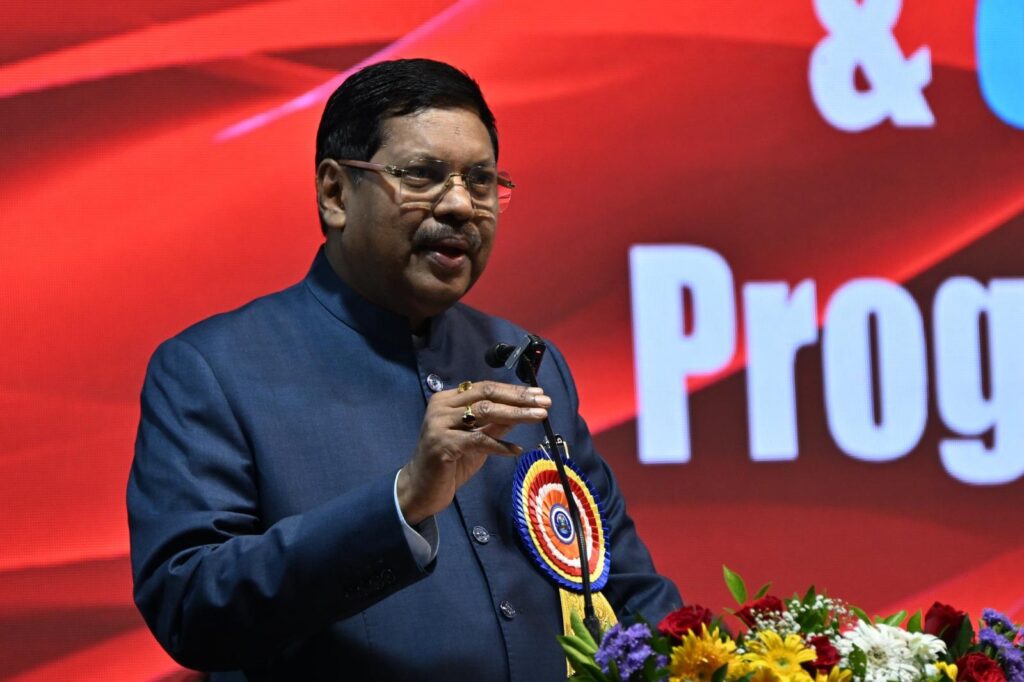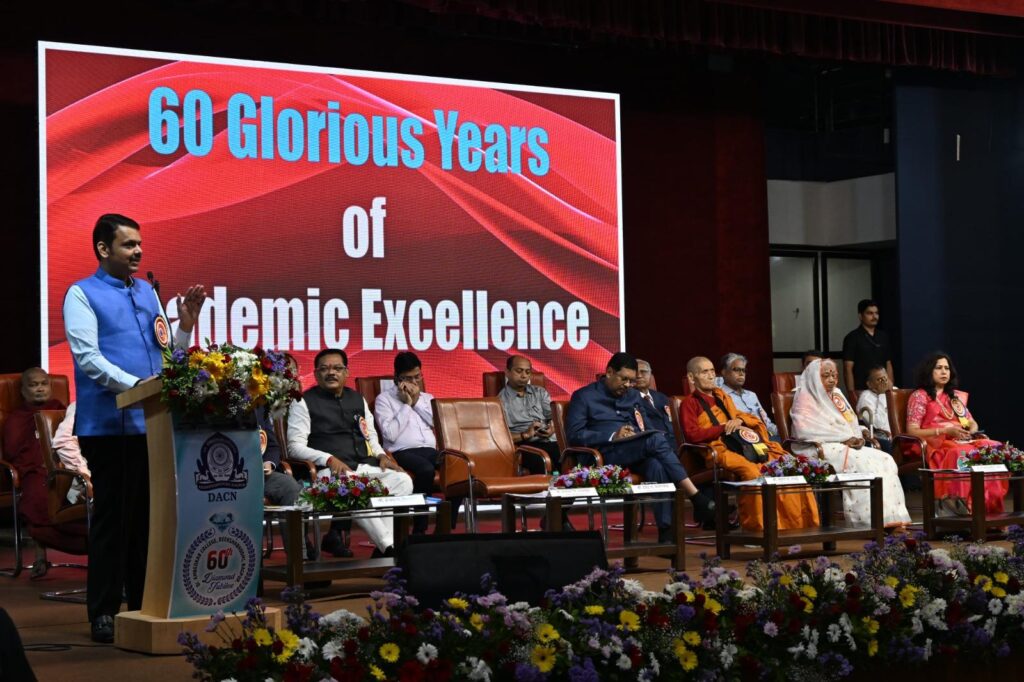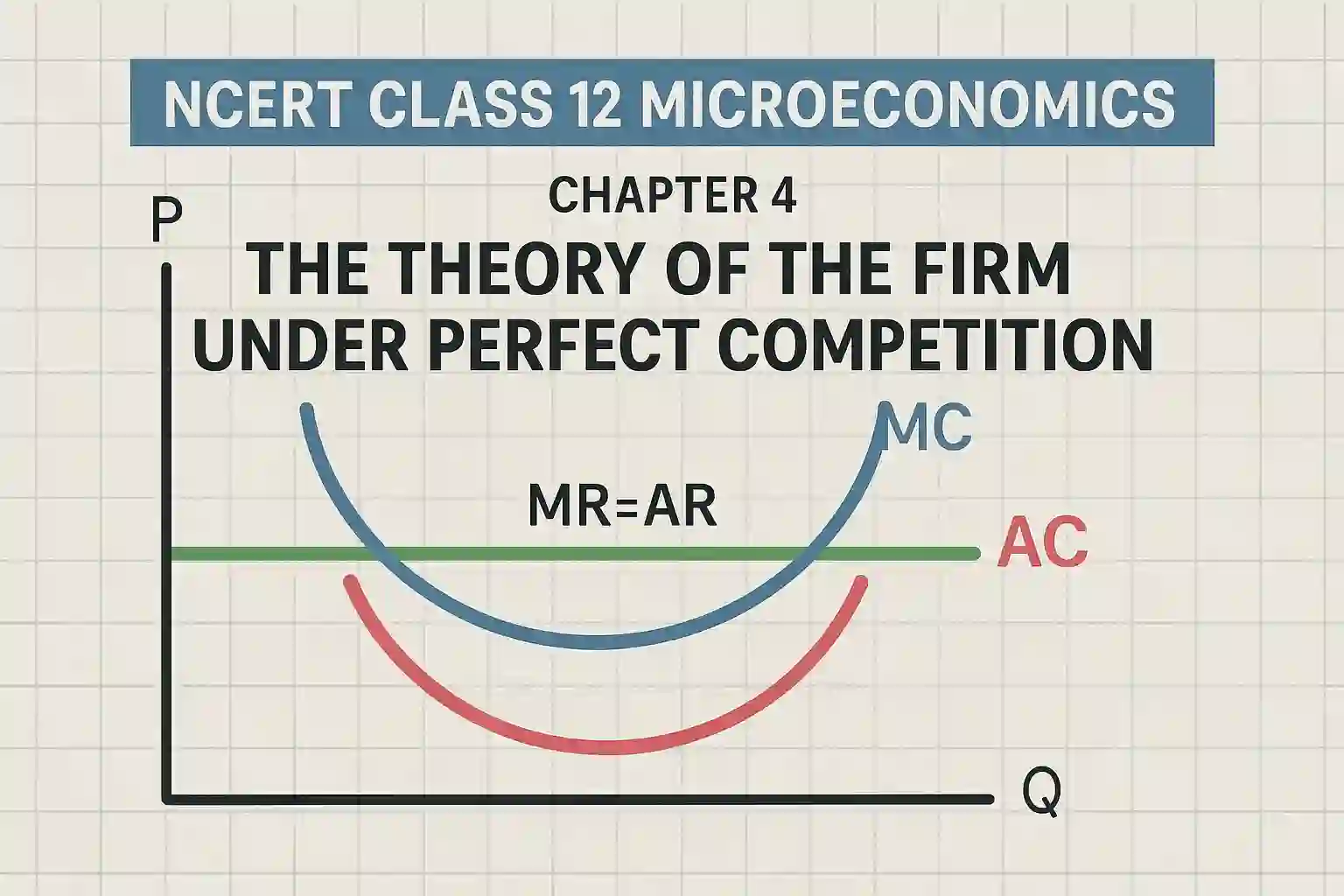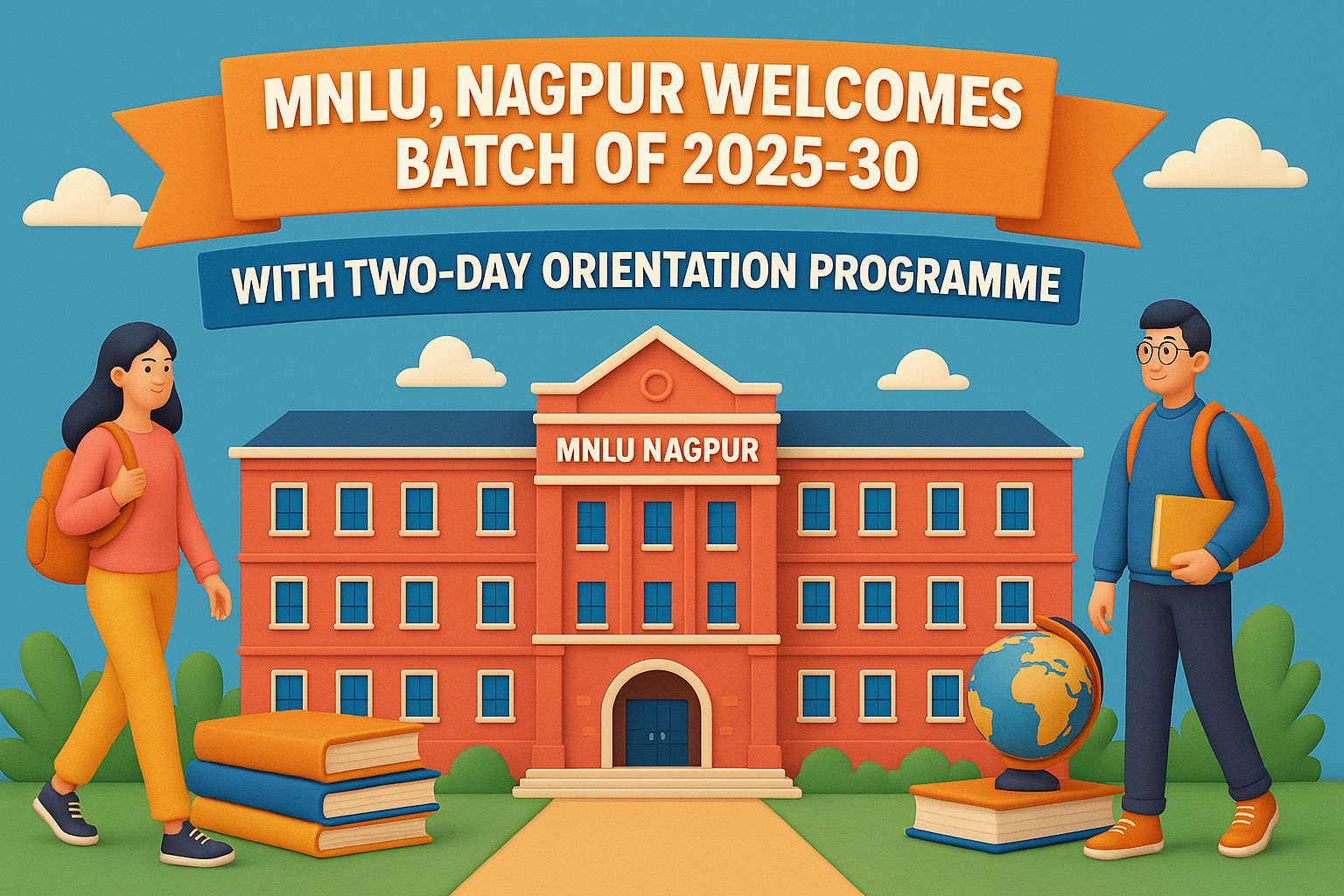Haryana Chief Minister Nayab Singh Saini recently emphasised the importance of moral education in shaping India’s future. Speaking at an education-related event, he said that along with technology and digital learning, children must also be taught strong moral values from a young age. According to him, building a “Viksit Bharat” or developed India will only be possible when education also focuses on character and ethics, not just marks and skills.
I felt this topic was worth writing about because there’s been a lot of talk around smart classrooms, coding, and AI in education—but hardly any serious conversation about teaching basic values like honesty, discipline, and compassion in schools. As someone who’s been closely following education news, I strongly believe that both digital learning and moral education should go hand in hand. If our students know how to use the latest tools but lack empathy and responsibility, that’s a serious gap. Highlighting what the Haryana government is doing might inspire other states to follow the same balanced approach.
Haryana’s Push for Moral Education
CM Nayab Singh Saini said that India’s growth cannot just be measured in GDP or technology—it should reflect in the moral character of its citizens. He pointed out how traditional Indian teachings have always included lessons on right conduct, but somewhere in the race for marks and jobs, we lost that path.
According to him, the following aspects of moral education are important:
- Teaching respect for elders and teachers
- Promoting honesty and integrity
- Encouraging compassion and helping others
- Building a sense of responsibility towards society and the environment
He added that schools must bring back morning assemblies that include moral stories, thought of the day, and time for discussion on values.
Digital Learning is Still a Priority
While he pushed for moral education, the Chief Minister also made it clear that Haryana is not ignoring technology. The state has been working hard to improve digital infrastructure in schools, especially in rural areas. Some of the initiatives mentioned include:
- Setting up smart classrooms in government schools
- Training teachers in using digital tools and online platforms
- Promoting e-content and digital libraries
- Launching learning apps in regional languages
He mentioned that over 3,000 schools have already been digitally upgraded and more are in the pipeline. The goal is to ensure that no child in Haryana is left behind in the digital age.
Moral Values and Technology Can Go Together
The CM’s speech made a valid point—while we adopt modern education tools, we must also stay rooted in values. Often, people think that moral teachings are outdated or slow down progress. But in reality, a child who is both tech-savvy and values-driven will be more useful to society than one who only has knowledge without character.
For example, a student who knows coding but misuses it for hacking or cheating is a danger. But if the same student is taught about ethical behaviour and responsibility, they will use their skills for positive impact.
Other States Should Take Note
The Haryana government’s focus on this dual approach should be appreciated. Many states are only chasing numbers—like how many tablets were distributed or how many students appeared online. But not enough is being said about the mental and moral development of those students.
A few suggestions for other states based on this model:
- Include value education in school curriculum as a compulsory subject
- Invite community leaders and social workers to interact with students
- Organise group activities focused on teamwork and empathy
- Use storytelling, theatre and real-life examples to teach values

















